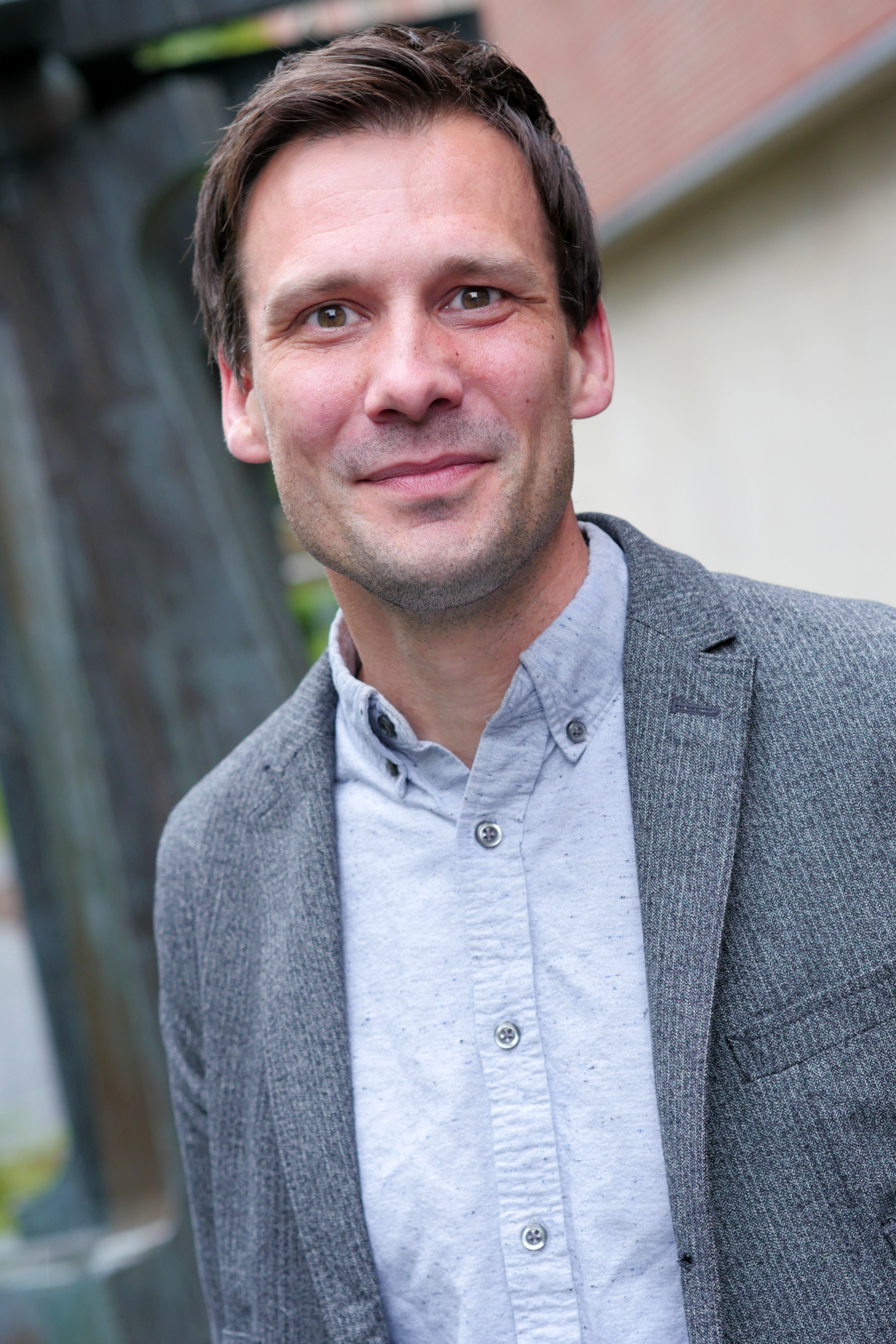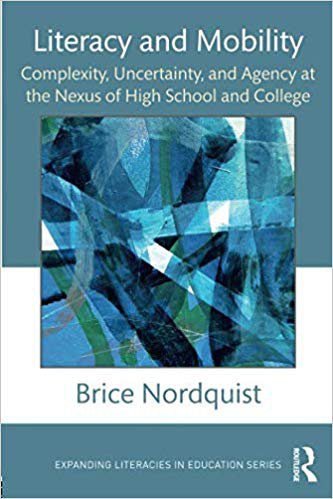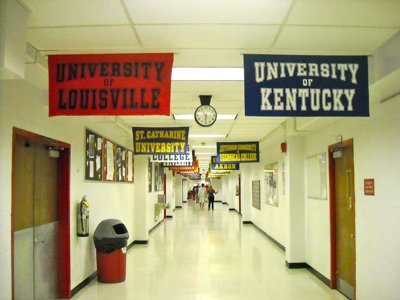Literacy and Mobility
Bryce Nordquist’s new book based on three-year study

On paper, the first-generation Somali-American was not prepared for college. His essays did not meet Common Core Standards and he had scored poorly on standardized tests. Accepted to a state university on a probationary basis, he defied expectations, landing on the dean’s list every semester. “He was successful because he was adept at drawing from past experiences and multiple linguistic and literate resources to negotiate and adapt to new systems,” says Brice Nordquist. “It took a kind of rhetorical flexibility.”
An honors student, on the other hand, earned the grades and feedback that suggested college readiness. “But when the realities of college work collided with expectations set by high school literacy and language standards, she had an almost impossible time reconciling apparent contradictions,” he says.

Nordquist, assistant professor of writing and rhetoric in the Department of Writing Studies, Rhetoric, and Composition, describes students’ movements across different spaces and stages of education, including their transitions from high school to college, in “Literacy and Mobility” (Routledge, 2017). The book, based on a three-year study, follows 11 students at a “failing” public school from their senior year through their first two years in universities, colleges and jobs.
Working as a literacy ethnographer, Nordquist traces students’ literacy practices, the ways they engage in reading and writing in digital and material spaces, and how different “scenes of literacy” inform each other and the students’ perceptions of their abilities and futures. “This work points to a variety of overlapping literacy projects that push against the autonomous model of the Common Core, which says ‘here’s what college readiness looks like’ based on static measures.”
Literacy is “about more than reading and writing at grade level,” he says. “Literacy is about ways of knowing and doing. It’s interpreting and acting in the world; really, it’s about making worlds with others.”

While students have robust literate lives in and out of school, the complexity of their literacies is often obscured by educational systems, including university systems, that test and label them based on narrow sets of skills intended to make them “college and workforce ready.” “They’re engaged in all sorts of complex literate and linguistic practices that require expertise that is valuable and worthwhile and should shape the ways they think of themselves,” Nordquist explains.
The emphasis on measurable skills over diverse literacies does a disservice to students, he adds. And this emphasis is bound up with and perpetuates educational inequality and segregation across and within schools. “Labeling and compartmentalizing students by standardized measures prohibits integrated, resource-rich classrooms,” he says. “A vertical and unidirectional system prepares students for stable and self-evident futures, rather than valuing what is and can be accomplished by a diverse group of students and teachers in the present.”
Students succeed not by mastering “a list of autonomous literacy skills” but by developing “an attitude and ability to find and tap into resources, including their own multilingual abilities,” he says. “Students who ended up with the most success saw connections across in- and out-of-school contexts. Students who had a harder time compartmentalized their lives: These are official literacies and languages, these are not, and never the twain shall meet.”
The Somali-American student, for example, learned to negotiate skills and navigate complex systems in his journey from a refugee camp to the United States. “Students need to value their own histories and literate and linguistic repertoires,” Nordquist says. “We need to see speaking and writing Somali, Kiswahili, Burmese, Black English, Spanish, etc., in and out of school not as a deficiencies or interferences, but as resources. Luckily a lot of teachers already do this.”
Featured
Brice Nordquist Associate Professor and Dean’s Professor of Community Engagement
